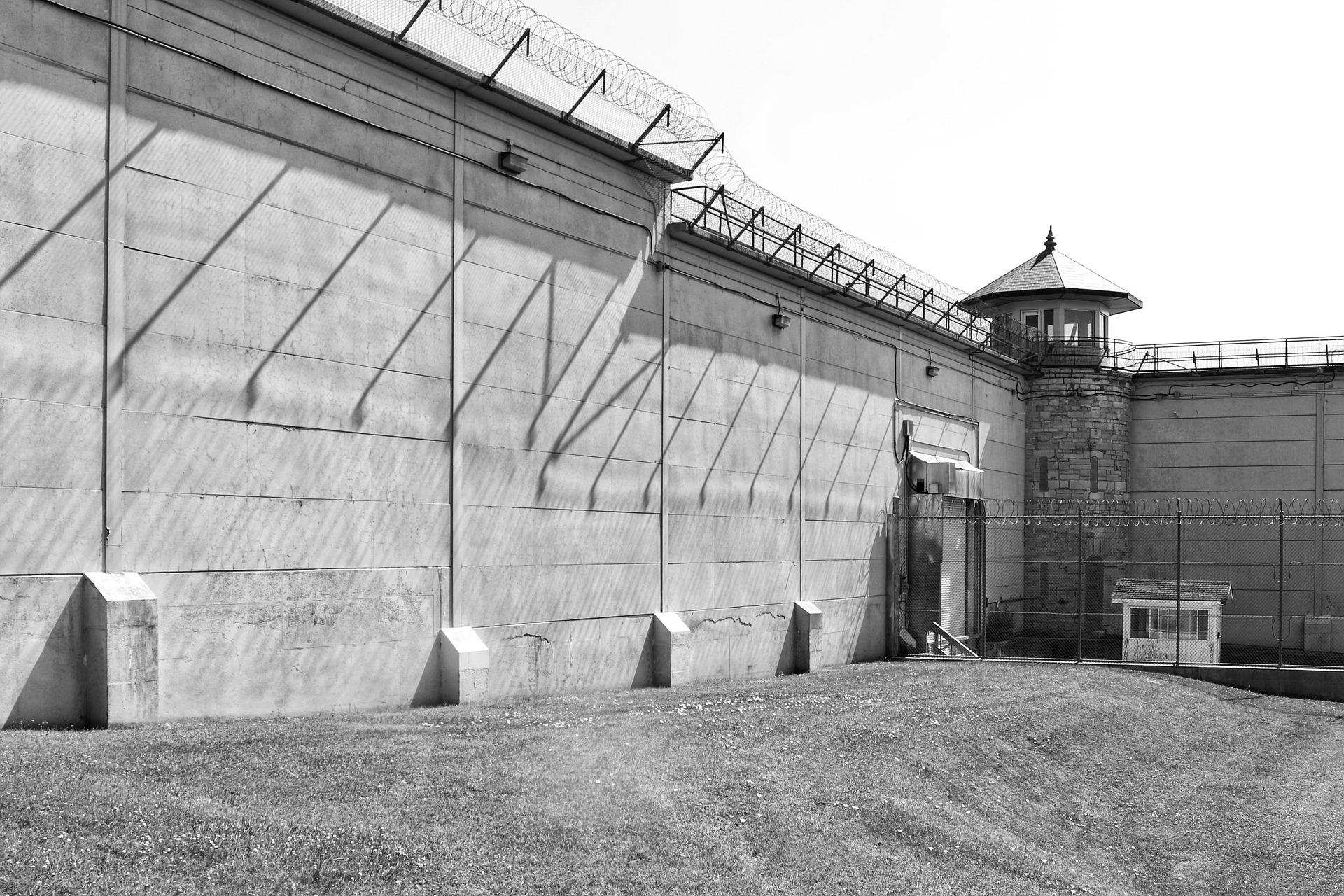Anticipating Market Transitions: The Role of Business Continuity Planning in Industrial Companies
In an environment of growing unpredictability, business continuity planning has become a cornerstone of sustainable industrial operations. This business strategy, aside from enabling corporations to anticipate market transitions, also enhances agility, propels growth, and mitigates risks.

Business Continuity Planning: A Historical Overview
Business continuity planning (BCP) has its roots in disaster recovery planning, popular during the 1970s, when companies began understanding the need to protect their data centers from potential disruptions. Fast forward to the present day, BCP has evolved significantly, with a more comprehensive focus, which includes not just IT infrastructure, but also people, processes, and overall business functioning.
Current Landscape and Trends in Business Continuity Planning
Today, BCP is viewed as a strategic management tool rather than a mere cost-saving measure. According to a study by PwC, nearly 95% of businesses have BCP integrated into their operations. One emerging trend is the shift towards cloud-based business continuity services, spurred by the rise of remote working and virtual operations due to the COVID-19 pandemic.
Shaping the Future: The Impact and Advantages of Business Continuity Planning
BCP offers numerous benefits, such as ensuring continuous business operations during disruptions, safeguarding reputation, and protecting market share. Furthermore, BCP encourages proactive decision-making, fostering innovation and paving the way for market players to secure competitive advantages amid industrial shifts.
Addressing the Challenges: Common Roadblocks in Business Continuity Planning
While BCP brings in considerable rewards, its implementation is not without hurdles. Challenges range from the lack of top-level commitment and understanding of potential threats, to deficiencies in communication, testing, and maintenance of the BCP framework.
A Closer Look: Key Considerations in Business Continuity Planning
- Understand the Business: Conduct a thorough business impact analysis to identify critical functions and processes, their potential threats, and the resources needed to resume operations swiftly.
- Involve Stakeholders: BCP should not be restricted to the management. It requires active participation from all stakeholders - employees, suppliers, clients - to establish a comprehensive and realistic plan.
- Regular Testing and Updating: It is crucial to regularly test and update the BCP to ensure its effectiveness during an actual crisis.
## Wrapping it Up: The Necessity of Business Continuity Planning
Unpredictability is an inescapable reality of today’s industrial landscape. However, through robust business continuity planning, companies can arm themselves, not just to survive, but to thrive amid challenges and changes, steering the route to sustained growth and resilience.
Business continuity planning, therefore, is no longer a luxury but a necessity—wrapped in an opportunity—for those who wish to mitigate risks and turn disruptions into pathways of progress in the industrial sector.




